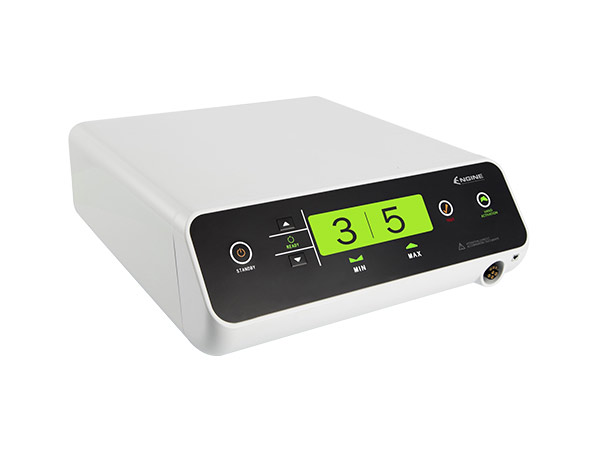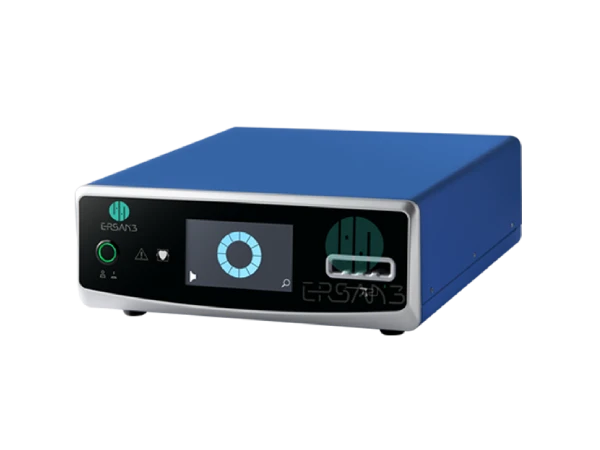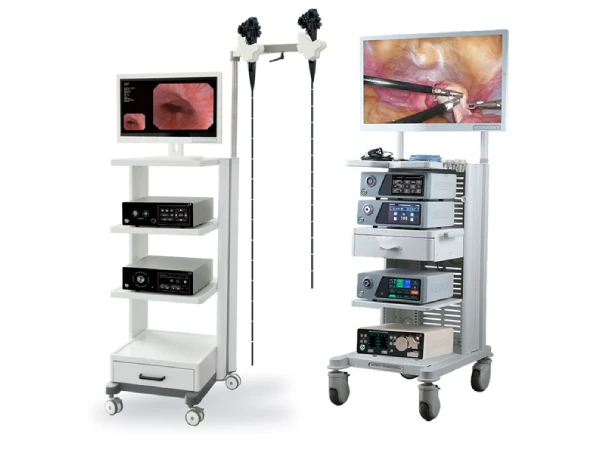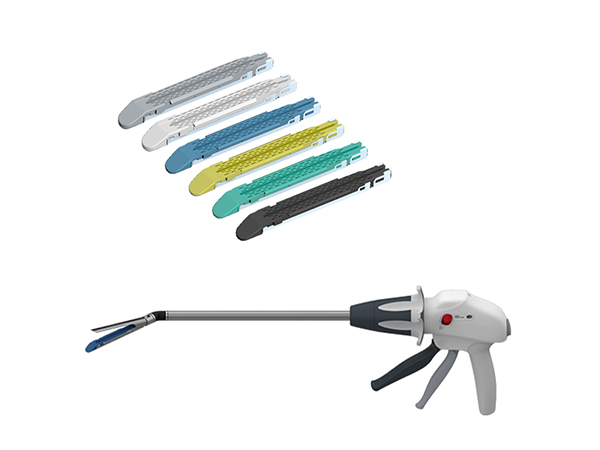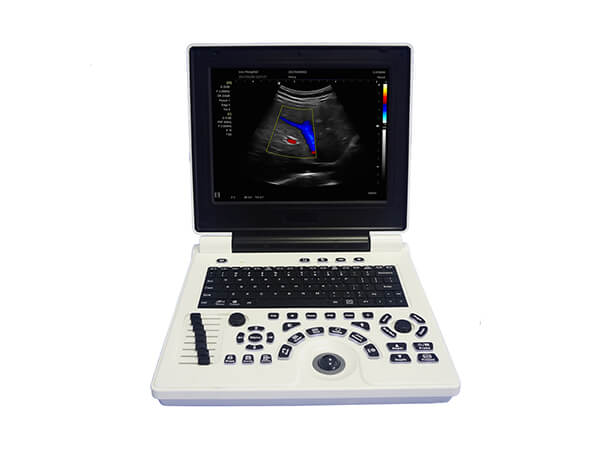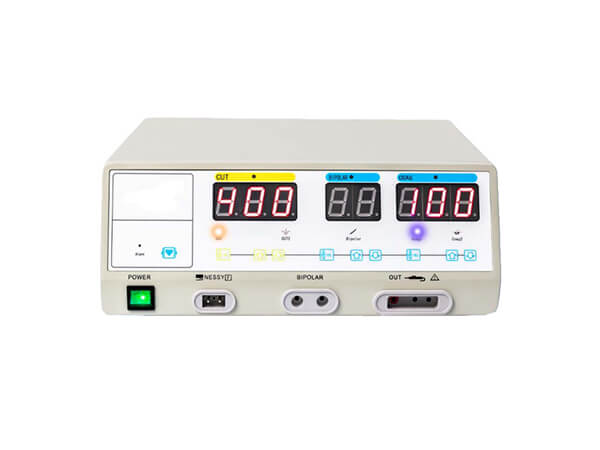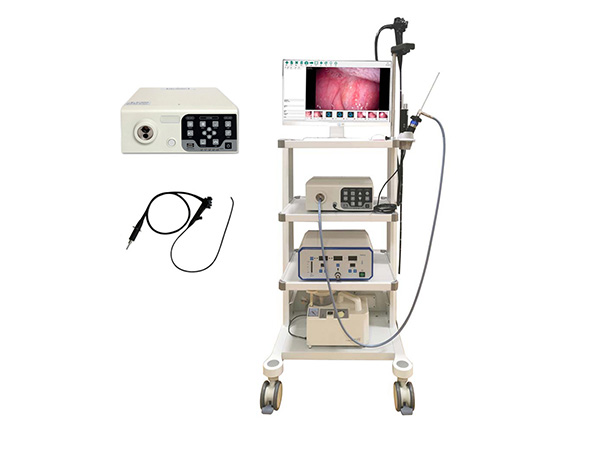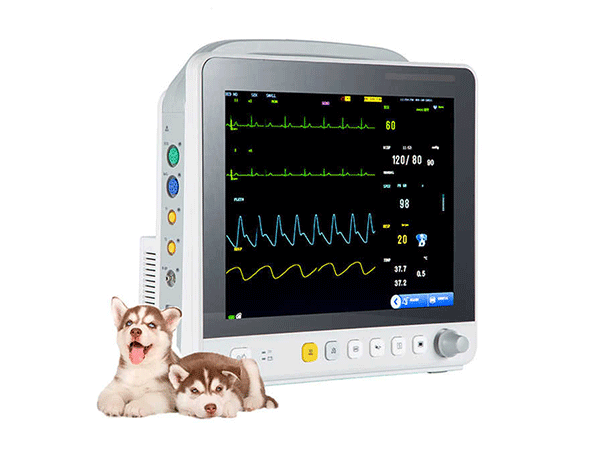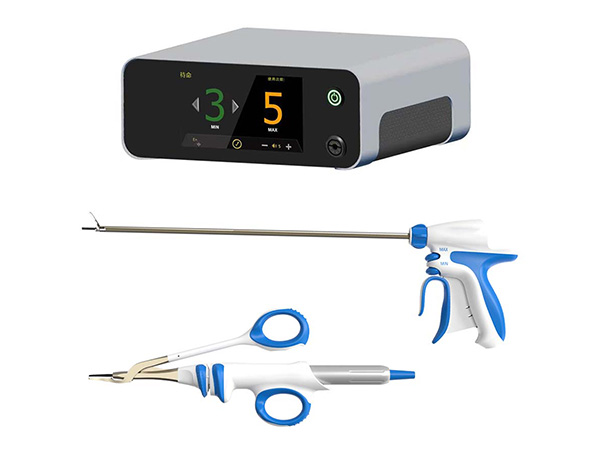The Evolution and Benefits of Video Laryngoscopes
The Evolution of Laryngoscopes
The technique of tracheal intubation has a long history. In 1880, MacEwen reported four successful cases of manual tracheal intubation. Direct laryngoscopy was first reported by Kirstein in 1895. Before the early 1940s, progress in laryngoscope design and technique was slow. In 1941 and 1943, Miller straight - blade laryngoscopes and MacIntosh curved - blade laryngoscopes were introduced, making laryngoscopy more common. In the late 1980s, rigid fiberoptic laryngoscopes like the Bullard laryngoscope appeared. In 2001, John A. Pacey embedded a camera in a modified MacIntosh laryngoscope, and the GlideScope video laryngoscope was introduced, marking the beginning of the widespread clinical use of video laryngoscopes.
The Distinction Between Video and Traditional Laryngoscopes
Video laryngoscopes have a similar structure to traditional laryngoscopes, making it easier for physicians familiar with traditional laryngoscopes to quickly master them after training. This results in a shorter learning curve.

Benefits of Video Laryngoscopes
Clear Visualization
Video laryngoscopes display intraoral structures clearly on the screen. This allows for easy image capture and video recording, which is beneficial for teaching and research purposes.
Reduced Cross - infection
The operator can maintain a certain distance from the patient, reducing contact with respiratory secretions, blood, and vomit, thereby lowering the risk of cross - infection.
Improved Intubation Outcomes
Video laryngoscopes significantly improve glottic visualization. They shorten intubation time, increase success rates, and reduce esophageal intubation rates. Unlike traditional laryngoscopes, they don't require aligning the oral, pharyngeal, and laryngeal axes, making them suitable for patients with cervical spine injuries.
Minimized Patient Trauma
They require less operating force, cause less patient trauma, and stabilize hemodynamics.
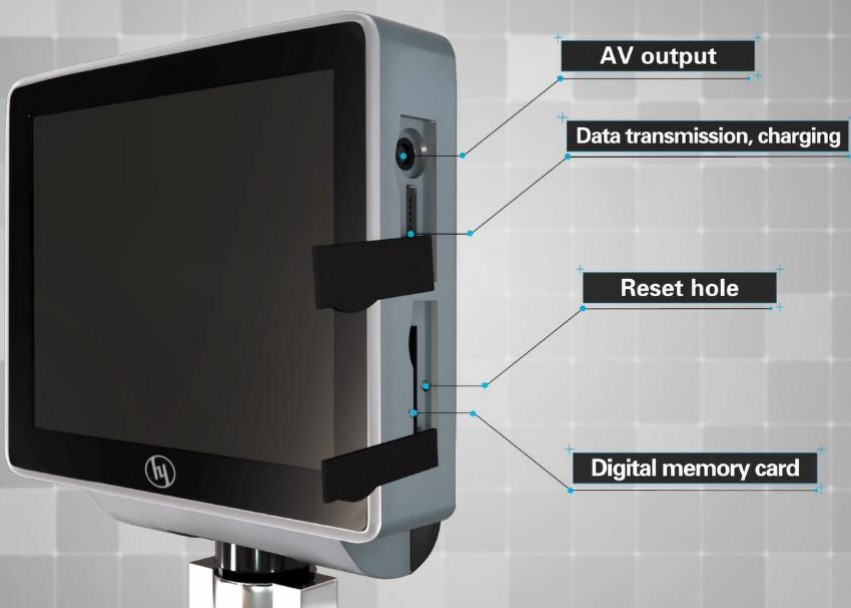

Clinical Applications
Video laryngoscopes are widely used in clinical anesthesia for pre - operative assessment and intra - operative monitoring. They provide precise data and diverse methods, enabling minimally invasive and precise treatment. They reduce the blindness in diagnosis and treatment and enhance patient safety. Additionally, they are valuable in ICU, emergency departments, and pre- hospital emergency settings.
Video laryngoscopes represent a significant advancement in airway management technology. Their numerous advantages make them indispensable tools in modern clinical practice, especially in anesthesia and emergency care.

